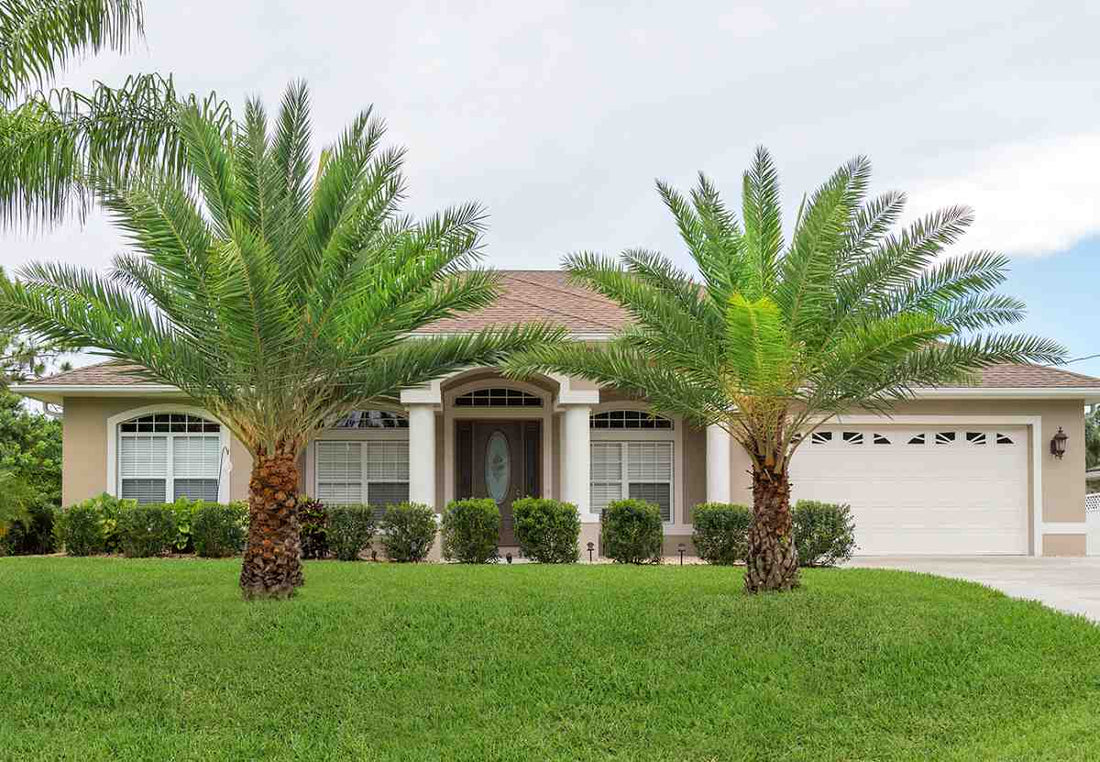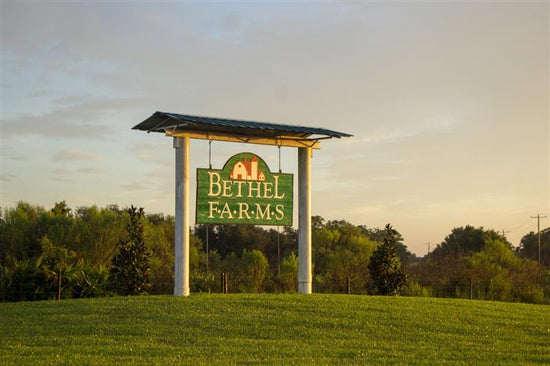
How to Keep Bermudagrass Out of St. Augustine Lawns
Jamie TedderBermudagrass is arguably the default option for Florida lawns due to its excellent heat and drought tolerance—essential traits in a state known for prolonged dry spells. However, St. Augustine grass is a strong contender, with the distinct advantage of thriving in lawns with mixed conditions, including sunny and shaded areas.
While both grasses offer excellent qualities, their differences can cause challenges when they coexist. Unfortunately, they don’t blend well in a lawn, which is why homeowners who favor St. Augustine can find it frustrating when bermudagrass creeps in. Known for its aggressive growth habit, bermudagrass can invade and quickly dominate if left unchecked.
To preserve the health and aesthetics of your St. Augustine lawn, it’s important to understand how to identify, manage, and prevent bermudagrass invasions. By addressing these challenges thoughtfully, you can maintain a thriving lawn without compromising either grass’s remarkable qualities.
St. Augustine vs. Bermudagrass: A Tale of Two Grasses
St. Augustine grass is known for its wide, broad blades and ability to grow in various conditions, from full sun to partial shade. This makes it favorable among homeowners who need versatile turfgrass. While St. Augustine grows relatively fast, bermudagrass is even faster. Bermudagrass thrives in full sun and spreads aggressively through stolons and rhizomes, creating a dense mat that can easily outcompete other grasses.
The invasive nature of bermudagrass allows it to compete for essential resources, such as sunlight, water, and nutrients, often at the expense of your St. Augustine lawn. If left unchecked, bermudagrass can quickly domin ate, disrupting the uniform look of your yard and threatening its overall health.
What Happens When Bermudagrass Invades?
Bermudagrass spreads vigorously above and below ground through its stolons and rhizomes. These runners allow it to root in new areas, expanding its territory rapidly. In optimal conditions, bermudagrass can overtake a lawn in as little as a few weeks, smothering St. Augustine grass and other turf varieties.
St. Augustine grass, on the other hand, has a less aggressive growth habit. It performs well in shaded areas where bermudagrass struggles but cannot compete in sunny areas where bermudagrass thrives. This contrast in growing conditions often results in patchy, uneven lawns when the two grasses are forced to coexist. St. Augustine’s broad blades and slower growth rate leave it vulnerable to the faster, more aggressive bermudagrass.
Why St. Augustine and Bermudagrass Don’t Mix
Because each grass type has different characteristics suitable for different lawn conditions, mixing St. Augustine and bermudagrass in a single lawn creates significant challenges due to their different growth habits and maintenance needs. Bermudagrass’s tolerance for high foot traffic and soil compaction, as well as its preference for full sun exposure, makes it dominant in already-stressed lawns.
This mismatch often leads to a patchy, unattractive lawn. St. Augustine cannot recover independently in areas where bermudagrass has invaded, making it difficult to maintain a healthy lawn. The best solution for those who want to maintain their St. Augustine lawn is to remove the bermudagrass and reestablish St. Augustine grass.

How to Remove Bermudagrass From St. Augustine Lawns
Bermudagrass’s deep roots and vigorous spreading habit, while key to its drought resilience and wear recovery, are the very traits that make it challenging to remove. Moreover, both grasses belong to the same family, so herbicides that kill bermudagrass will also harm St. Augustine. Therefore, conventional methods for controlling grassy weeds will not work. A strategic, multi-step approach is necessary to eliminate bermudagrass without damaging your lawn permanently.
Step 1: Eliminate Bermudagrass and Surrounding Grass
The most effective way to remove bermudagrass is to kill it along with the surrounding St. Augustine grass. Use a targeted herbicide to treat the affected areas, ensuring all bermudagrass runners are killed. Allow the herbicide to work for several days until the grass completely dies.
If the bermudagrass has spread extensively, a complete overhaul may be necessary. This involves removing all vegetation in the affected areas and preparing the soil for replanting.
Step 2: Lay New Sod
After removing the bermudagrass, replant the affected areas with St. Augustine sod, choosing from varieties like Floratam St. Augustine or CitraBlue St. Augustine grass, known for their resilience and vibrant appearance. For significant damage, laying new sod provides immediate coverage and helps restore your lawn’s uniform appearance. On the other hand, grass plugs are a great option for smaller repairs, as they grow quickly and fill bare spots effectively.
Both sod and plugs are grown in controlled environments, ensuring they establish faster and are more resilient to future invasions. Their dense growth helps prevent bermudagrass and other weeds from taking hold again.
Step 3: Maintain a Healthy St. Augustine Lawn
The best defense against bermudagrass is a healthy, well-maintained St. Augustine lawn. Focus on proper mowing, watering, and fertilization to keep your lawn dense and competitive against invasive grasses.
- Mow at the Highest Recommended Setting: St. Augustine grass thrives when mowed at a higher setting, while bermudagrass prefers lower heights. Keeping your mower set to the highest setting discourages bermudagrass growth and supports thicker, healthier St. Augustine.
- Water Weekly: Provide 1 to 1.5 inches of water weekly to keep your lawn hydrated. Increase watering during dry spells to prevent stress, which can make your lawn more vulnerable to invasions.
- Maintain Soil Health: Use a balanced fertilizer to provide essential nutrients and aerate the soil to improve root growth and nutrient absorption. These practices promote a dense, resilient lawn that can better resist bermudagrass.

Final Thoughts
St. Augustine grass is a popular choice for homeowners due to its adaptability, lush appearance, and ability to thrive in various conditions. However, its susceptibility to competition makes it vulnerable to bermudagrass invasions. Bermudagrass’s aggressive growth habit and tolerance for stress allow it to quickly overtake a lawn, resulting in an uneven, patchy appearance.
Following the steps outlined in this guide can help you successfully remove bermudagrass from your St. Augustine lawn and restore its health and aesthetic appeal. Timely intervention and proper lawn care are essential to preventing future invasions. With consistent maintenance, your St. Augustine lawn will remain healthy, uniform, and free from bermudagrass.

